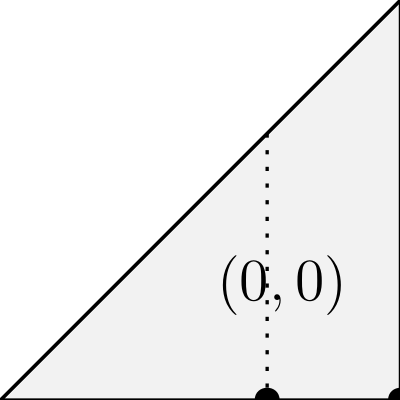We analyze a model of selling a single object to a principal-agent pair who want to acquire the object for a firm. The principal and the agent have different assessments of the object's value to the firm. The agent is budget-constrained while the principal is not. The agent participates in the mechanism, but she can (strategically) delegate decision-making to the principal. We derive the revenue-maximizing mechanism in a two-dimensional type space (values of the agent and the principal). We show that below a threshold budget, a mechanism involving two posted prices and three outcomes (one of which involves randomization) is the optimal mechanism for the seller. Otherwise, a single posted price mechanism is optimal.
翻译:我们分析向想为公司获得物品的首席代理人出售单一物品的模式。 委托人和代理人对该物品对公司的价值有不同的评估。 委托人受预算限制,而委托人则不受预算限制。 代理人参与该机制, 但她可以( 从战略角度)将决策权委托给委托人。 我们从二维空间( 代理人和委托人的价值)中获取收入最大化机制。 我们发现,在门槛预算之下,一个涉及两种已公布价格和三种结果( 其中之一是随机化)的机制是卖方的最佳机制。 否则, 一个单一的定价机制是最佳的。









